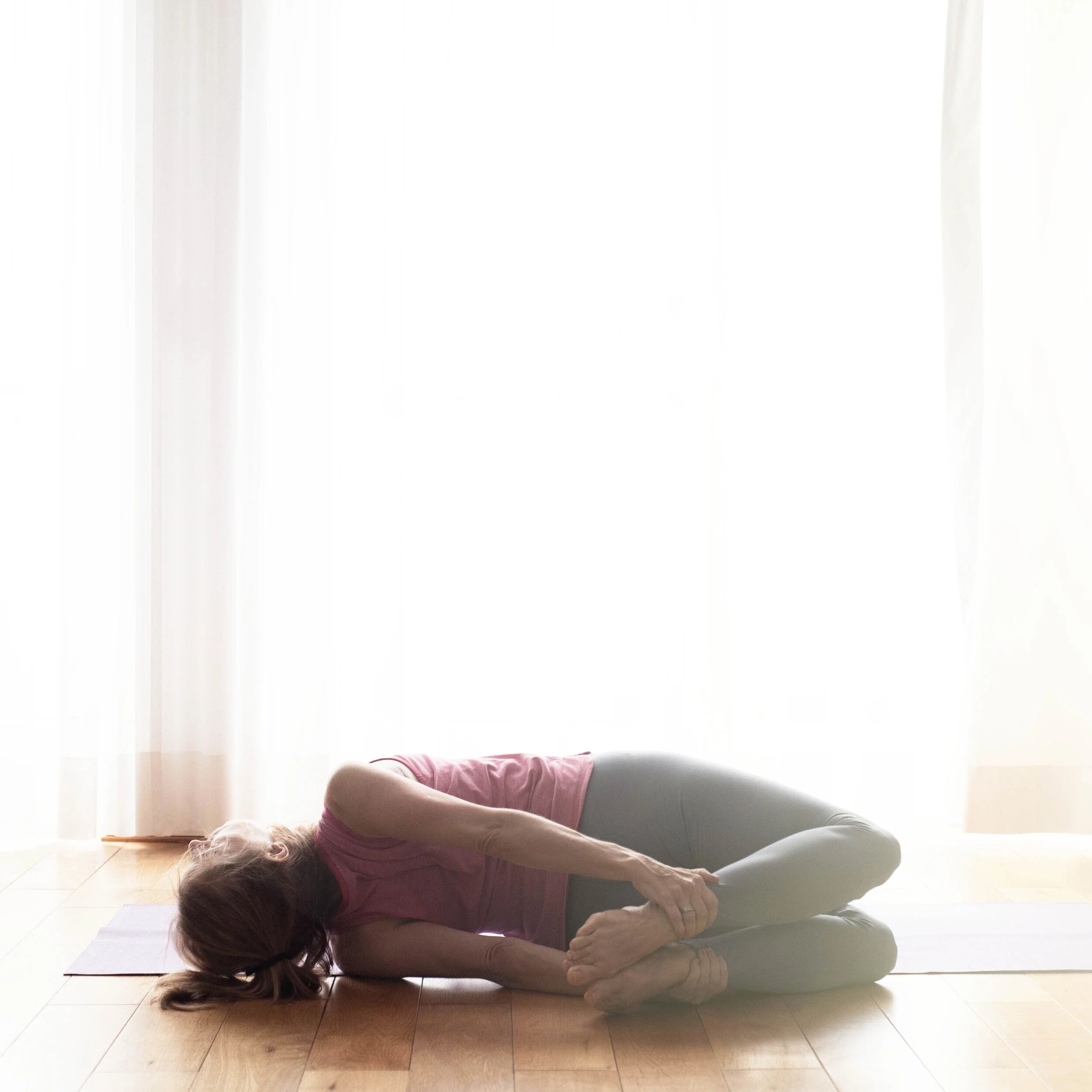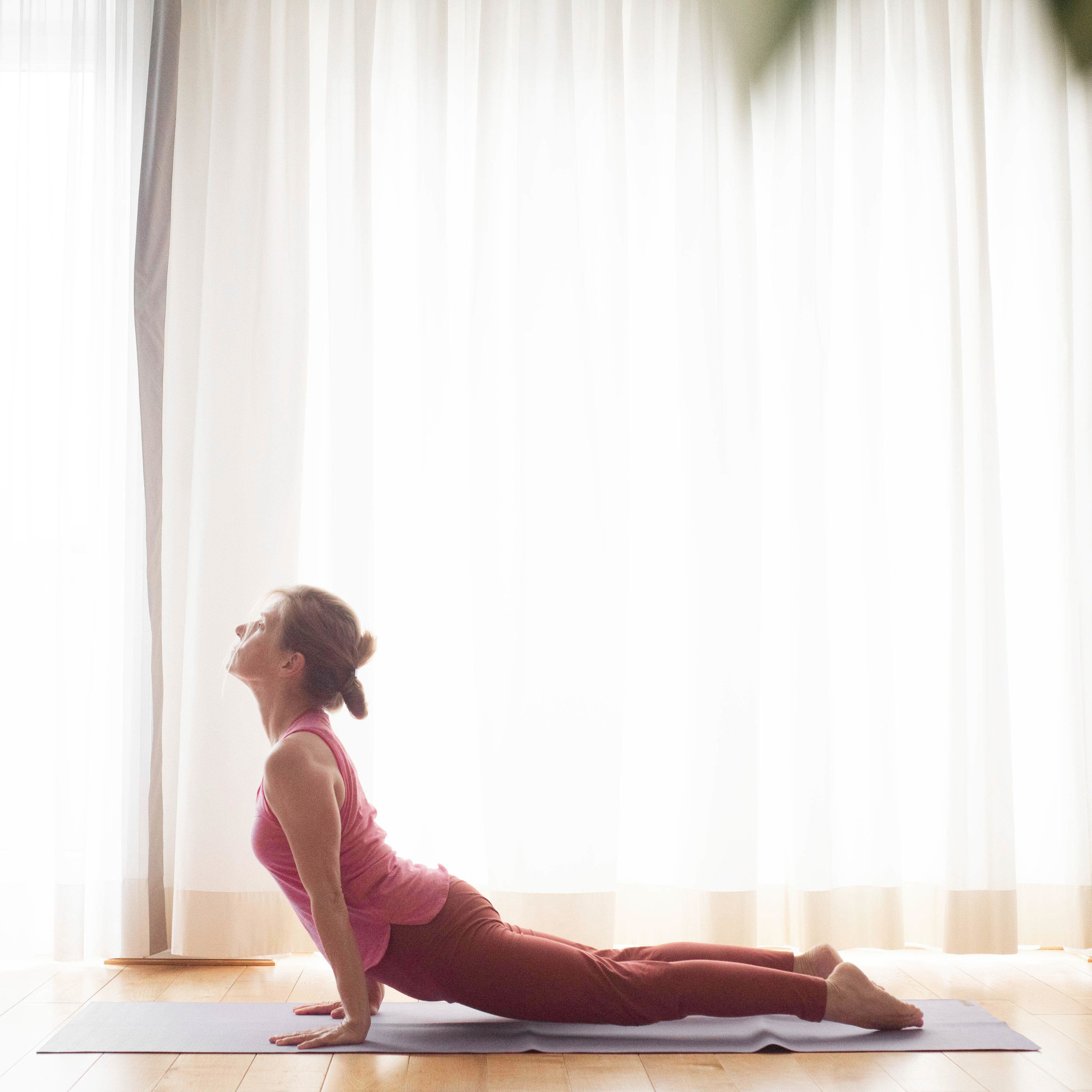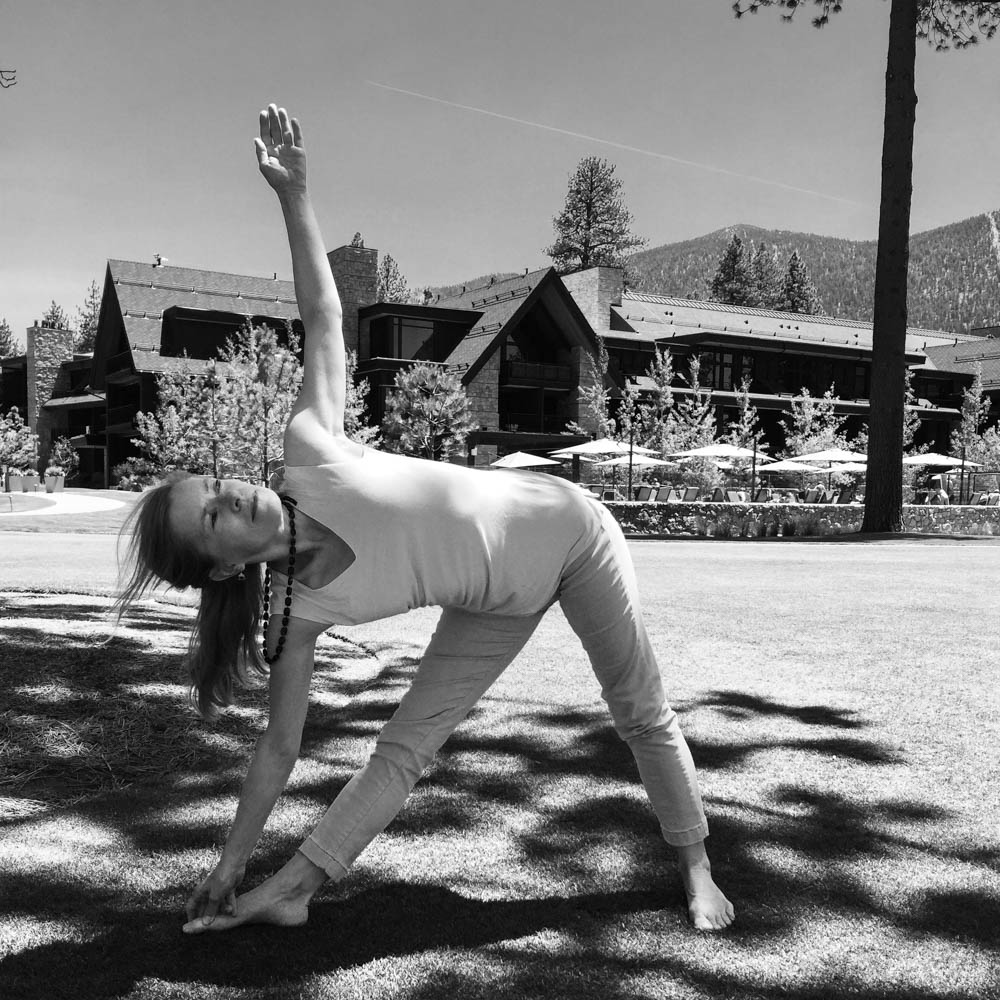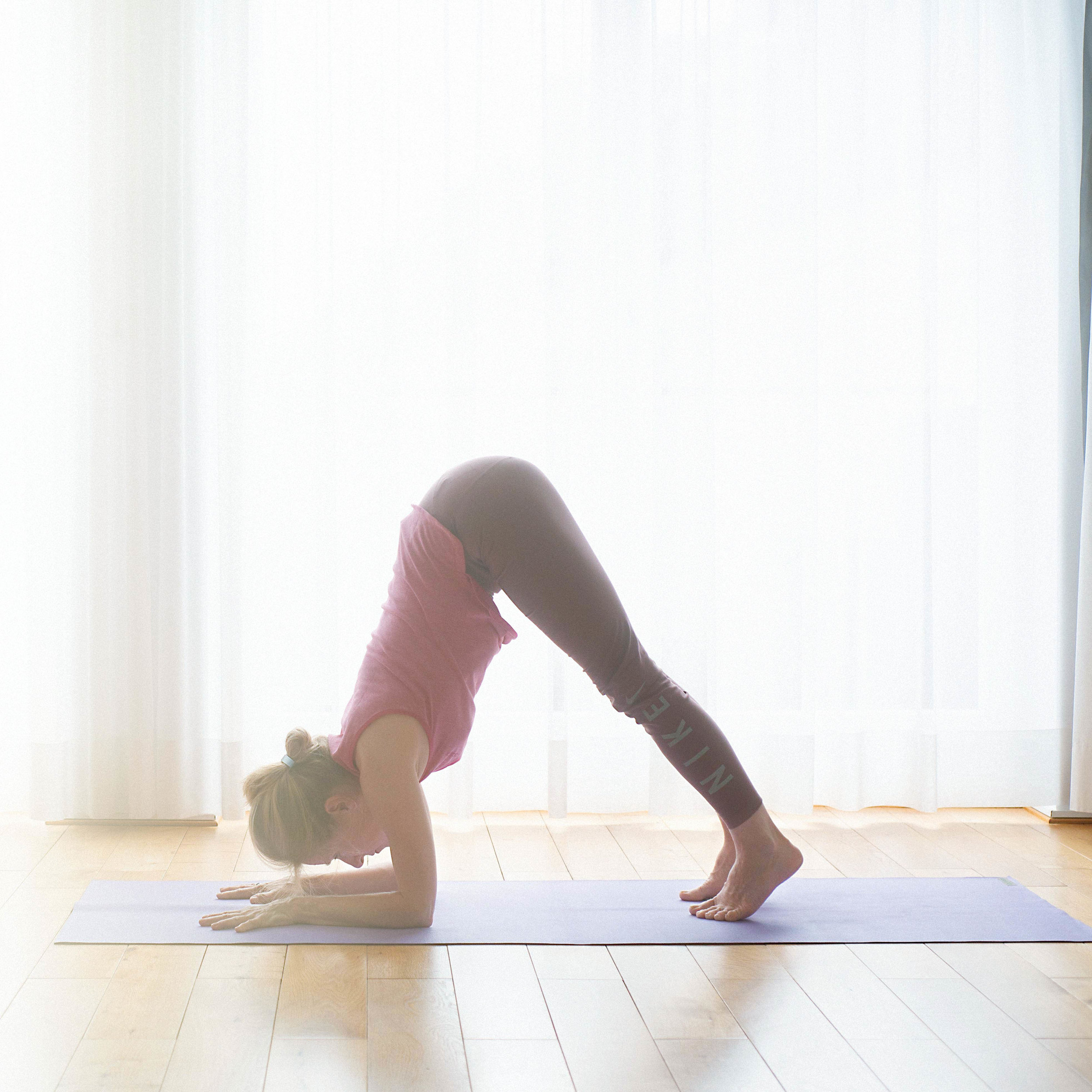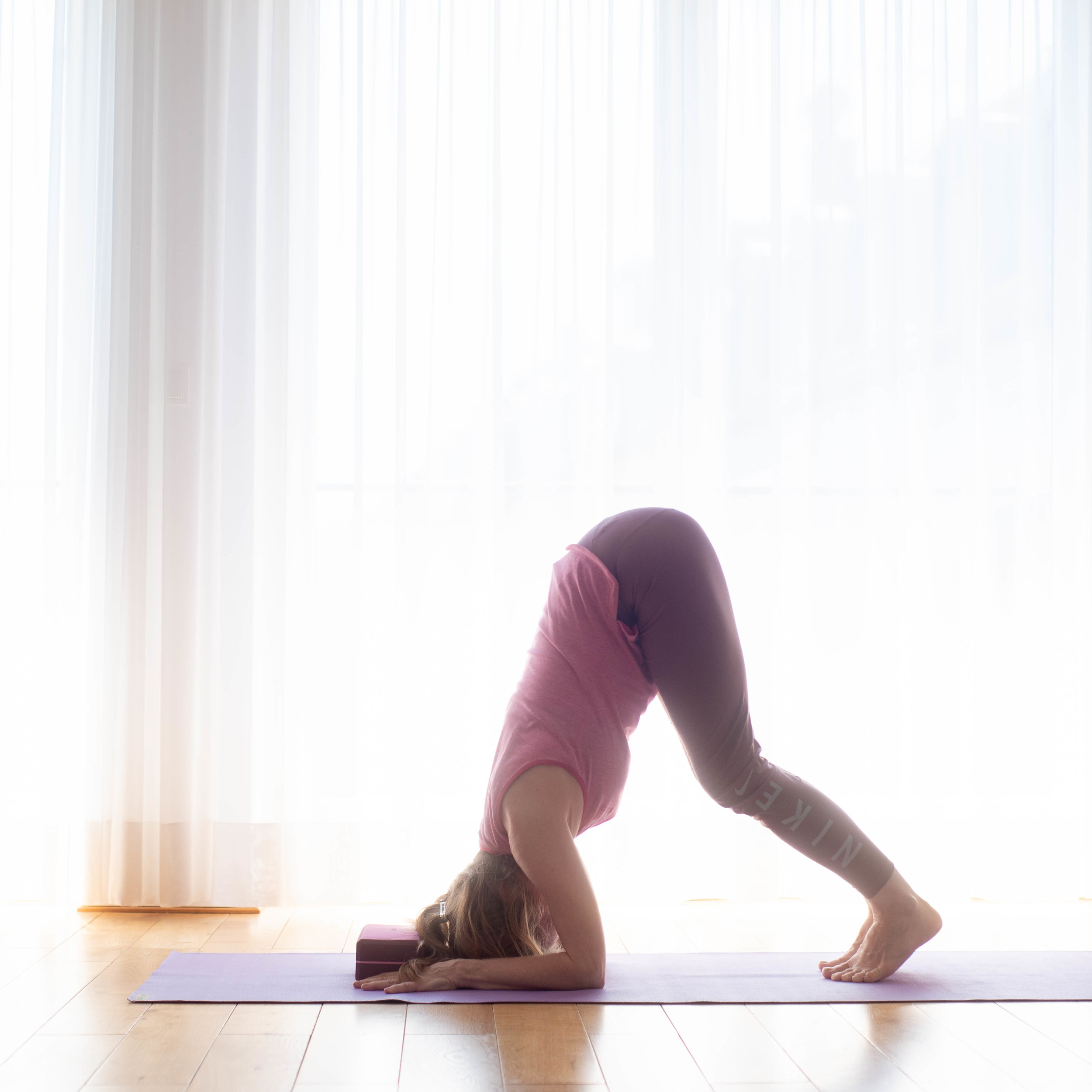How to stay young?
Avoid grey and beige in your clothes.
Smile more.
Have a passion.
It’s all true, but not enough.
I don’t know at what age it starts exactly, but surely above 60, people get weaker and stiffer. It’s possible to work against this natural development: Practice yoga, do strength training and work on your flexibility.
First a bit of theory regarding strength training:
It’s possible to integrate it in daily life. Take the steps and not the elevator is such an example.
One can integrate strength training in the daily yoga practice. For instance one can lift the body into urdhva dhanurasana (bridge pose) again and again. This makes strong arms.
Do extra strength training. It doesn’t take long. It’s exhausting. Results can be felt quickly.
The structure of strength training:
There are repetitions and sets.
Do as much repetitions as possible minus one. In sum do 3 sets of the same number of repetitions.
First you have to find out how many reps you’re able to do. If the reps become easy add more. Ten reps could be the goal. Ten reps are also enough for beginners. More is not necessary. Belief me, sometimes 5 reps are more than enough. If 5 reps are not possible, do more sets, till 5 reps are possible.
Source: Overcoming gravity by Steven Law. I read the German edition.
Which muscles are to exercise:
A human being has 650 muscles. 50 alone are in the face. The heart muscle is a most important muscle. Muscles around the lungs allow us to breathe. The tiniest muscle is behind the ears. I saw people who could move the ears. Yes, this is funny. Think of your tongue. When we practice yoga we engage the pelvis floor.
Muscles make 40 to 60 % of the body weight of men.
Muscles make 30 to 40 % of the body weight of women.
These general statements don’t help a lot as we’re individuals, but they can give an orientation.
To simplify everything: The body has a core and limbs (arms and legs), a front side and a back side. We can exercise these body parts.
I’m sure that I haven’t been able to perform some asanas because I lacked strength. Being strong stabilizes the body, it protects us from injuries.
In comparison to cardio training it’s very rewarding as it doesn’t require much time. The strength gurus recommend to take breaks. To train three times a week could be enough. The muscles must recover from the training.
There are static and dynamic exercises.
I think this was enough theory.
I recommend doing a search on muscles and strength training. It’s a very interesting topic.
Being strong makes daily life easier. I also want to exercise my muscles because I want to perform asanas that I’m not able to do. Yet.
————-
The sun is shining here. I sip my second black coffee. I had a banana for breakfast. I’m more than ready for the day.






